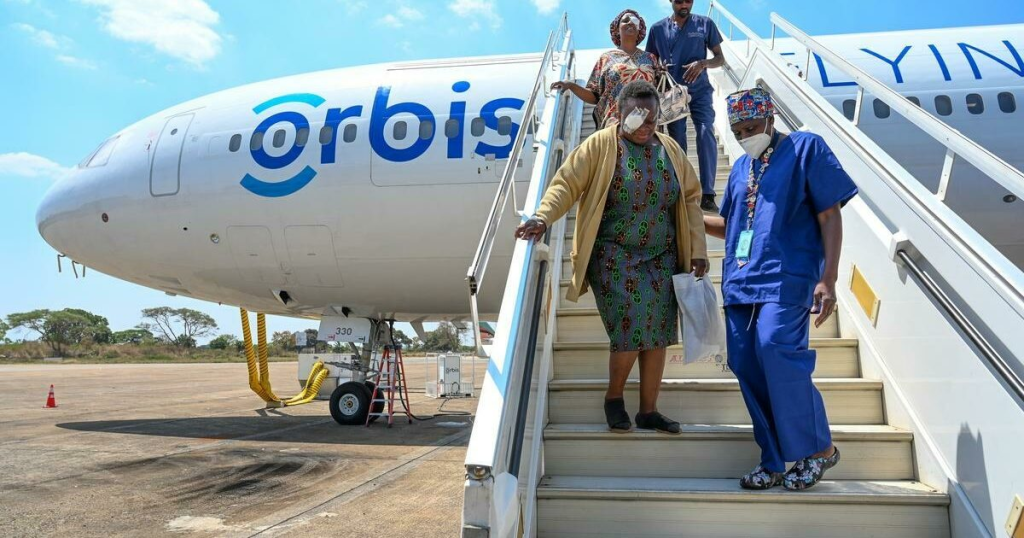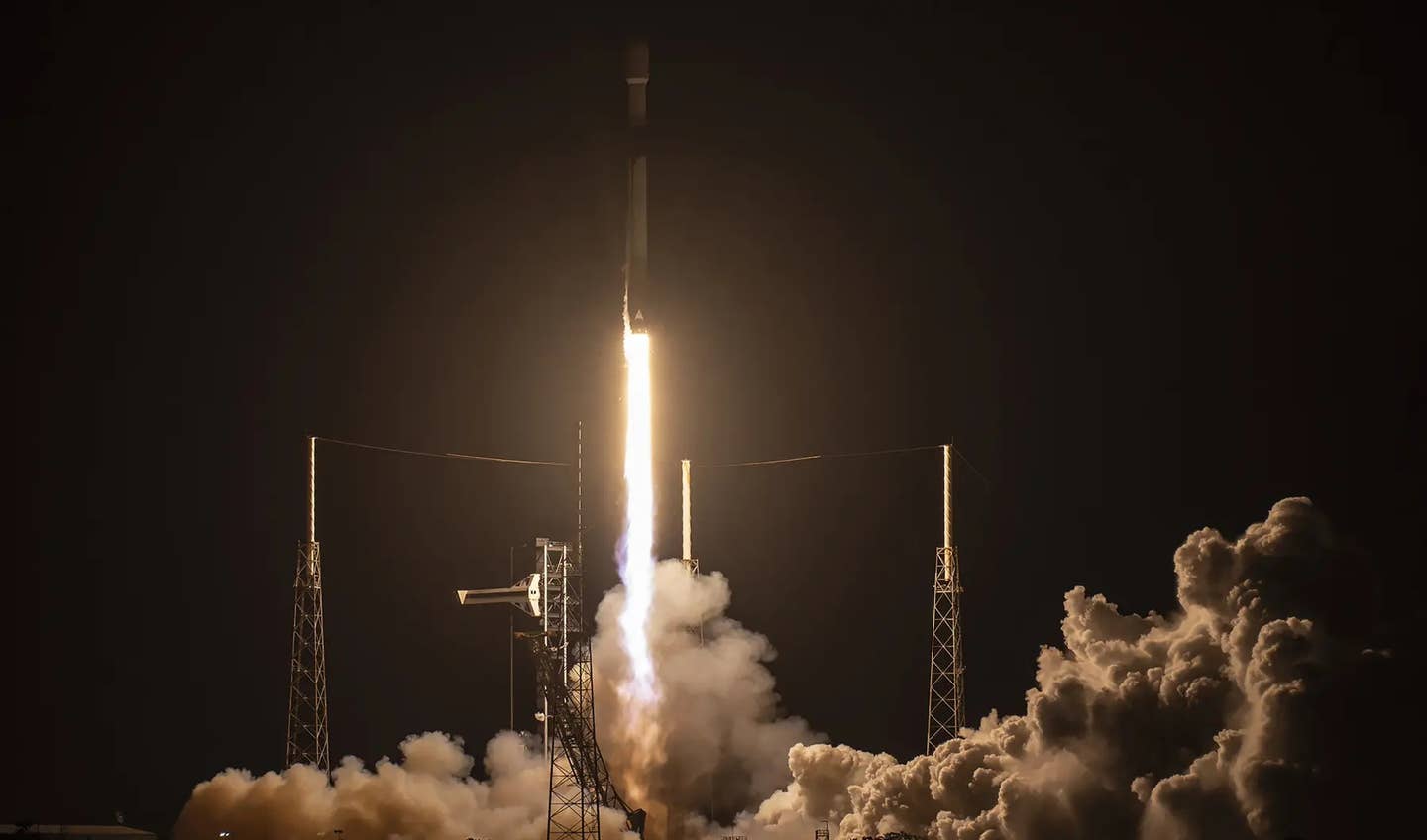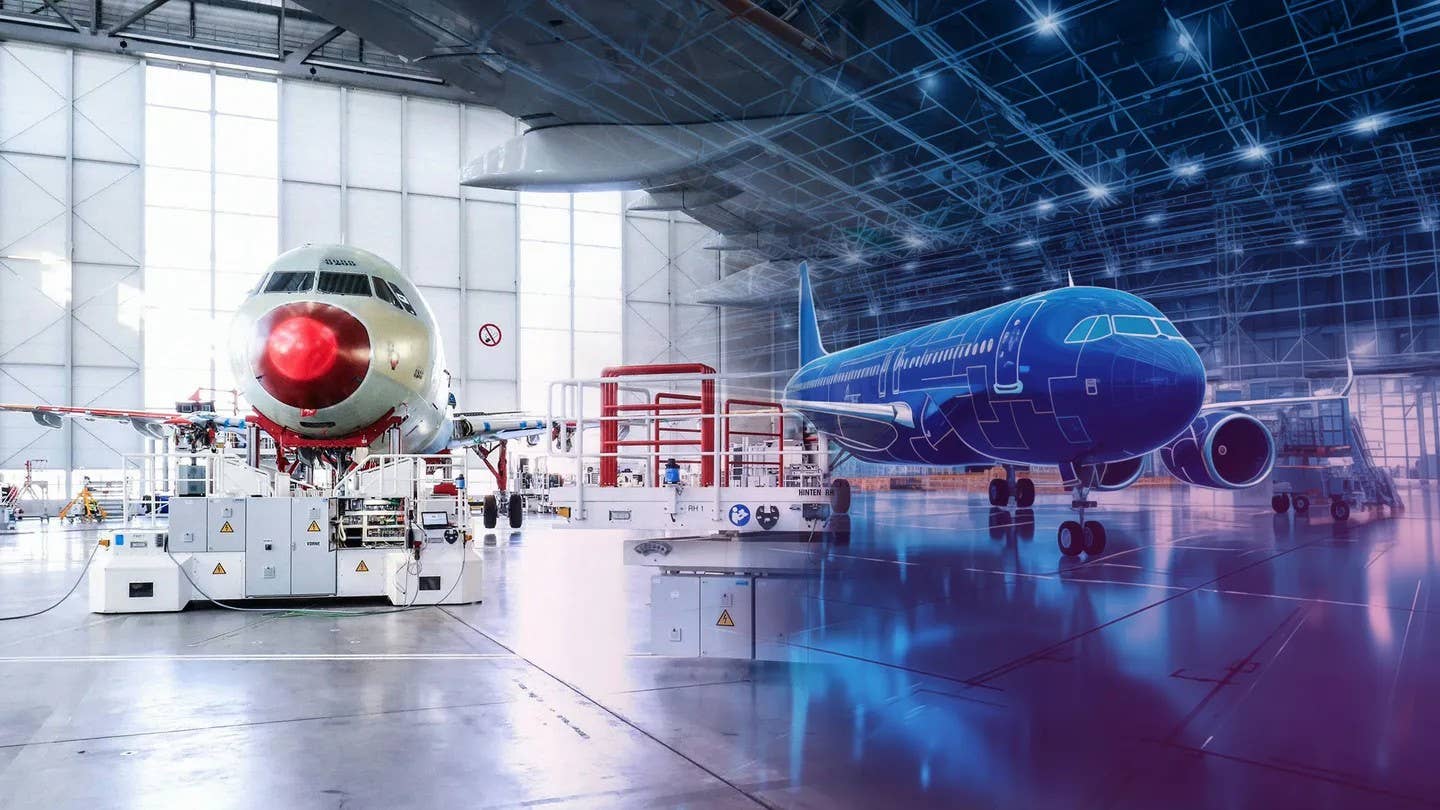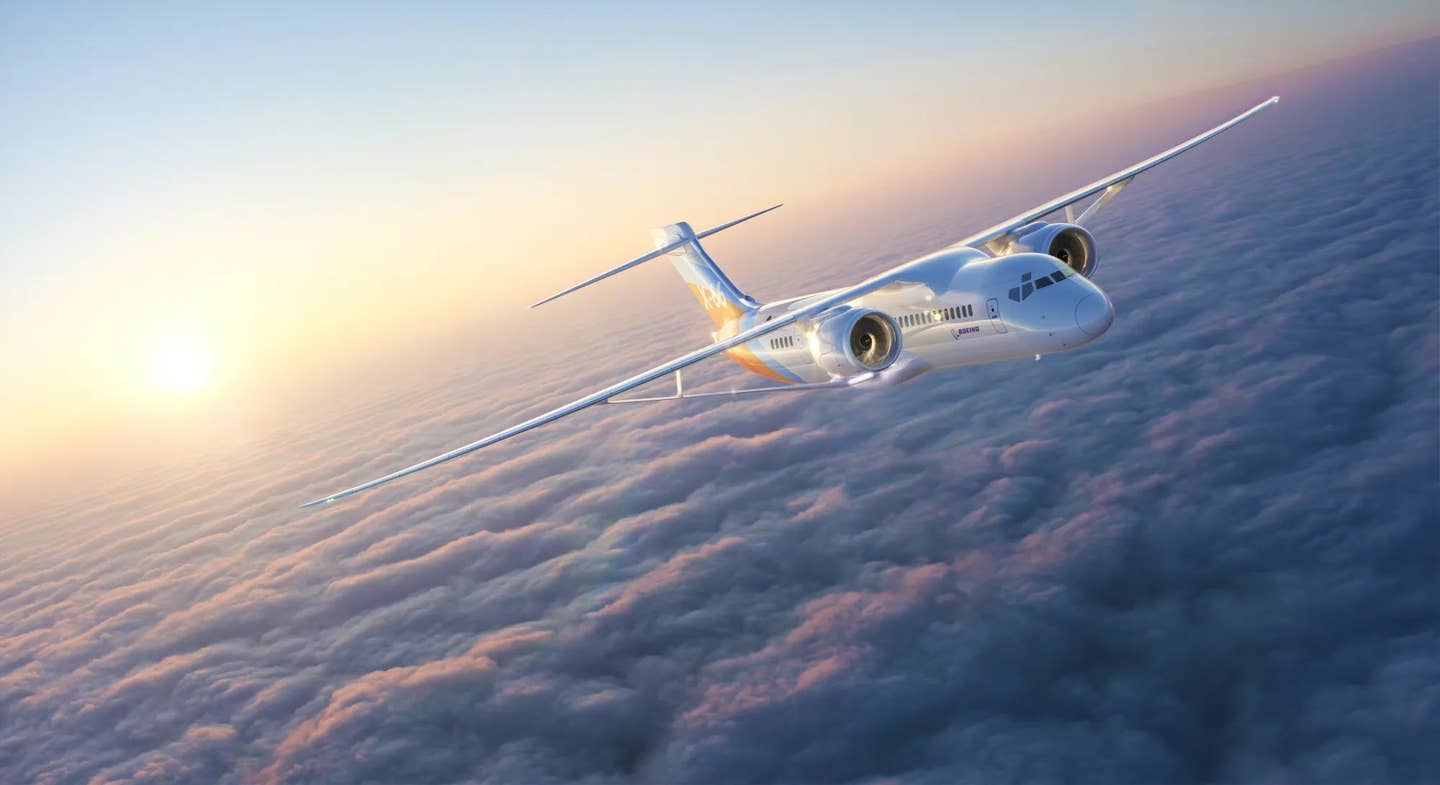
Airworthy complex aircraft like Cessna’s Cardinal RG have become nearly impossible to locate. Flying
The FAA has addressed a long-simmering aircraft availability issue that focuses on pilots trying to earn some pilot certificates. Until yesterday, the agency required commercial pilot applicants, as well as applicants for single-engine flight instructor ratings, to fly at least a portion of the checkride in a complex aircraft, that is, one with retractable landing gear, flaps and a constant speed propeller.
In a new FAA national policy initiative – N 8900.463 – the agency acknowledged the lack of complex aircraft availability and, effective immediately, no longer requires such an airplane for any portion of either the single-engine commercial or CFI checkrides. The agency has been pestered for decades with requests to alter Part 61 and Part 141 from designated pilot examiners and flight instructors both to reflect reality of a changing industry and how tough it is for applicants to find an airworthy complex airplane in many locations around the U.S.
While new Piper Arrows still occasionally roll off the line in Vero Beach, Florida, another brand new airplane, the Cirrus SR22, powered by a 310 hp engine and a constant speed propeller, would not meet the requirements.
Rather than alter the definition of complex, the agency said, “removing the commercial pilot ACS requirement to furnish a complex or turbine-powered airplane and removing the flight instructor PTS requirement to furnish a complex airplane will achieve the same objectives. The FAA has determined that removing these ACS/PTS requirements will significantly reduce costs for persons pursuing a commercial pilot or flight instructor certificate by allowing applicants to utilize less-expensive airplanes on the practical test that are not complex or turbine-powered.”
The FAA plans to update the Airmen Certification Standards, as well as the Practical Test Standards to reflect the changes while noting that relief from the complex aircraft requirements on some checkrides, does not absolve a pilot from the need to still locate a complex airplane at some point in their careers in order to demonstrate proficiency in such an aircraft prior to acting as pilot in command.
The change also does not alter the commercial requirement for applicants to log 10 hours of flight time in a complex aircraft.

Sign-up for newsletters & special offers!
Get the latest FLYING stories & special offers delivered directly to your inbox






